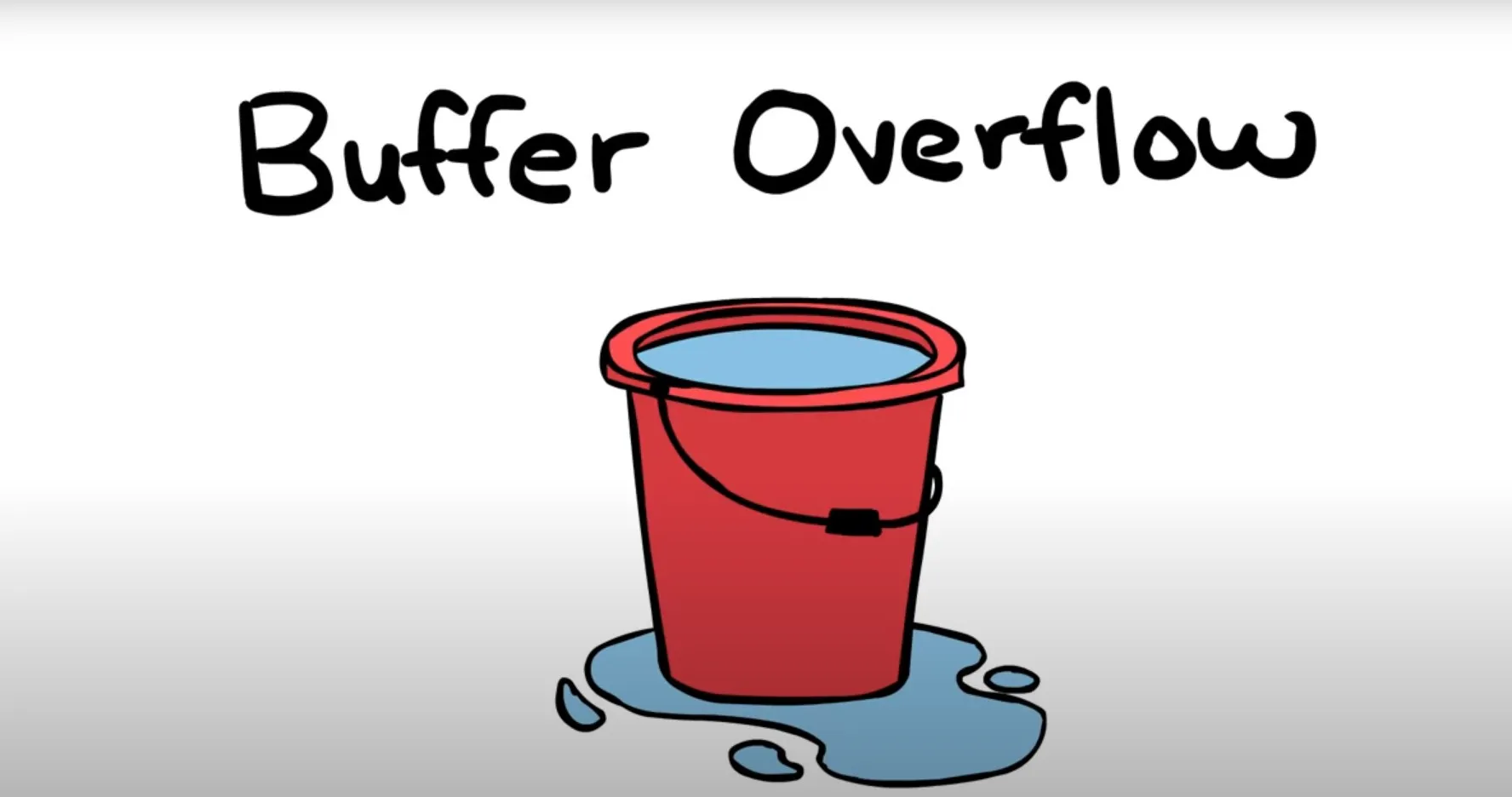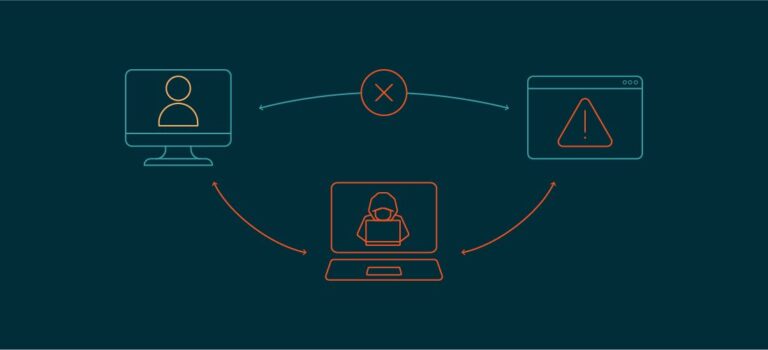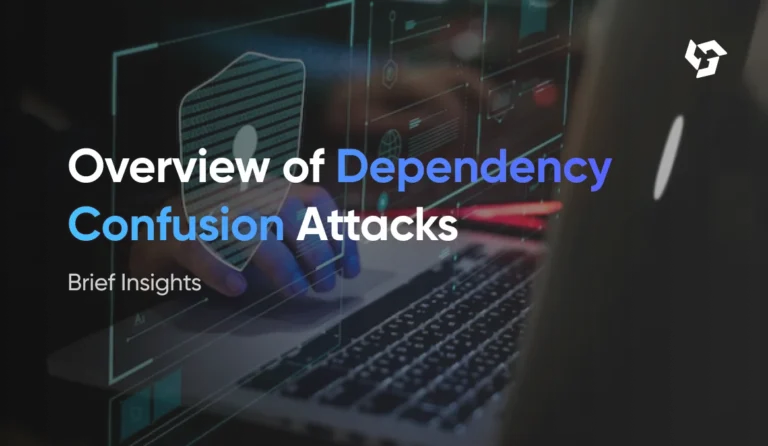Buffer Overflows: Understanding the Threat and How to Defend Against It
Introduction
Buffer overflows are among the oldest yet most dangerous security vulnerabilities in the world of software development. Despite decades of awareness and security advancements, buffer overflows continue to be exploited by attackers to crash systems, execute arbitrary code, or gain unauthorized access to sensitive data. From legacy systems to modern applications, understanding buffer overflows is essential for developers, security professionals, and system administrators.
In this extensive guide, we will explore the concept of buffer overflows, how attackers exploit them, and most importantly, how you can defend your web applications and systems from such threats. Whether you’re managing a small website or a large-scale enterprise platform, safeguarding your software from buffer overflow vulnerabilities is critical to maintaining security, stability, and trust.
Table of Contents
- What is a Buffer Overflow?
- History and Real-World Examples
- How Buffer Overflows Work
- Stack vs. Heap Overflows
- Types of Buffer Overflow Attacks
- Tools Used to Exploit Buffer Overflows
- Identifying Vulnerable Code
- Secure Coding Practices to Prevent Overflows
- Compiler Defenses and OS Protections
- Runtime Protection Mechanisms
- Buffer Overflow in Web Applications
- Incident Response and Mitigation
- Best Practices and Summary
- Further Reading and Resources
1. What is a Buffer Overflow?
A buffer overflow occurs when a program writes more data to a buffer, or block of memory, than it can hold. Buffers are typically arrays used to store data such as strings, integers, or bytes. When data exceeds the allocated memory of the buffer, it can overwrite adjacent memory, potentially causing erratic behavior or security vulnerabilities.
The danger of buffer overflows lies in the ability to manipulate execution flow, overwrite return addresses, and execute malicious code, thereby compromising the system.
2. History and Real-World Examples
Buffer overflows have been known since the 1970s but came into the spotlight in 1988 with the Morris Worm, one of the first major internet worms, which exploited a buffer overflow in the fingerd daemon on UNIX systems.
Other notable incidents include:
- Code Red Worm (2001): Exploited a buffer overflow in Microsoft IIS.
- Blaster Worm (2003): Targeted a buffer overflow in the DCOM RPC service on Windows.
- Heartbleed (2014): While technically a bounds-checking error, it is conceptually related to buffer overflows.
These examples illustrate the wide-reaching impact of buffer overflows and their potential for significant damage.
3. How Buffer Overflows Work
Buffer overflows typically occur in low-level languages like C and C++, which do not perform automatic bounds checking. When input data is not properly validated, it may exceed the buffer size, leading to memory corruption.
Consider this example in C:
char buffer[10];
strcpy(buffer, user_input); // If user_input is longer than 10 characters, overflow occurs
This simple oversight can allow an attacker to overwrite memory beyond the buffer, potentially altering program execution.
4. Stack vs. Heap Overflows
Stack Overflow: Occurs when data written to a stack buffer exceeds its size. Often used to overwrite return addresses and hijack control flow.
Heap Overflow: Targets dynamically allocated memory. These overflows can corrupt data structures like function pointers or vtables, leading to code execution.
5. Types of Buffer Overflow Attacks
- Stack-based Overflows
- Heap-based Overflows
- Format String Exploits
- Integer Overflows leading to buffer overflows
- Off-by-One Errors
Each type requires different techniques and protections, making it essential to understand the specific threat model.
6. Tools Used to Exploit Buffer Overflows
- Metasploit Framework
- Immunity Debugger
- GDB (GNU Debugger)
- IDA Pro / Ghidra
- Fuzzers (e.g., AFL, Peach Fuzzer)
These tools aid attackers and defenders in identifying, exploiting, and fixing overflow vulnerabilities.
7. Identifying Vulnerable Code
Look out for:
- Unsafe functions (e.g.,
gets(),strcpy(),sprintf()) - Lack of input validation
- Hard-coded buffer sizes
- Complex pointer arithmetic
Static analysis tools and secure code reviews can help identify such code patterns early.
8. Secure Coding Practices to Prevent Overflows
- Use safe functions:
strncpy(),snprintf(),fgets() - Perform thorough input validation
- Adopt coding standards like MISRA or CERT C
- Use modern languages where possible (e.g., Rust, Go)
- Educate developers about common pitfalls
9. Compiler Defenses and OS Protections
Modern compilers and operating systems provide built-in defenses:
- Stack Canaries: Detect overwrites of the return address.
- Address Space Layout Randomization (ASLR): Makes it difficult for attackers to predict memory addresses.
- Data Execution Prevention (DEP): Marks memory regions as non-executable.
- Control Flow Guard (CFG): Protects indirect function calls.
10. Runtime Protection Mechanisms
- Operating System Updates
- Antivirus and EDR Solutions
- Runtime Application Self-Protection (RASP)
- Web Application Firewalls (WAF) for web apps
11. Buffer Overflow in Web Applications
While buffer overflows are more common in native applications, web applications using native extensions or handling user input insecurely (e.g., through CGI scripts or third-party libraries) can be vulnerable.
Ensure:
- All user input is validated and sanitized
- Third-party components are updated and audited
- Secure coding practices are enforced
12. Incident Response and Mitigation
If a buffer overflow exploit is suspected:
- Isolate the affected system.
- Collect logs and forensic evidence.
- Patch the vulnerability.
- Analyze the attack vector and update defenses.
- Notify stakeholders and regulatory bodies if necessary.
13. Best Practices and Summary
- Never trust user input.
- Use memory-safe programming languages when possible.
- Regularly audit and fuzz test your code.
- Keep systems and software updated.
- Implement multiple layers of defense.
14. Further Reading and Resources
- OWASP Buffer Overflow Guide
- MITRE CWE-120: Buffer Copy without Checking Size of Input
- [The Art of Exploitation by Jon Erickson]
- Exploit Education – Practice with buffer overflows
By staying informed and proactive, you can protect your web applications and infrastructure from the ever-present threat of buffer overflows.






